Portable toilets offer numerous eco-friendly advantages, which is why they are a preferred choice for environmentally conscious events and construction projects. Firstly, they drastically reduce water usage compared to traditional flushing toilets. Typically, a portable unit uses less than 1 gallon of water per use, which is a significant reduction compared to regular toilets that use 3.5 gallons per flush. This conservation of water is critical, especially in areas facing water scarcity.Moreover, modern portable toilets utilize advanced waste treatment solutions that further reduce environmental impact. Many are equipped with eco-friendly chemicals that break down waste while minimizing odors and potential environmental hazards. These chemicals are designed to be biodegradable, reducing their ecological footprint.Another eco-benefit is the reduction in landscape disturbance. When using portable toilets, organizers can provide necessary facilities without the need for extensive plumbing or sewer connections, preserving the natural habitat. This is particularly beneficial for temporary events in parks, nature reserves, or rural locations where infrastructure may be limited or a permanent structure would cause environmental degradation.When considering transport and manufacturing, the materials used in portable units are often recyclable, and the modular design allows for efficient transport, reducing emissions from vehicles used for delivery. Many companies are also shifting to manufacturing processes that emphasize sustainability, using recycled or biodegradable materials wherever possible.Lastly, portable toilets significantly enhance hygiene and sanitation for large groups. By preventing the waste from contaminating local water sources, they protect the environment while also providing a healthier experience for people. As the demand for sustainable solutions grows, portable toilets continue to evolve, offering even more eco-friendly features and innovations.
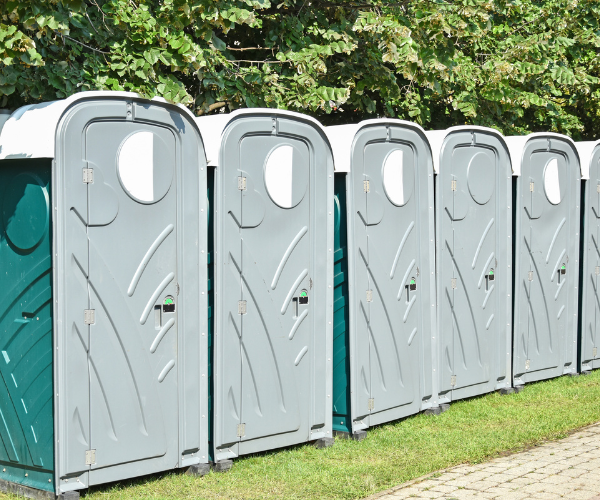
Portable Toilet Rentals in Spencer, Tennessee
Call today for a free quote (423) 719-5081
Portable Toilet
Fast, Easy, & 100% Free To Get Started
Over 20 Years of Experience
Our company brings over two decades of expertise in portable toilet services to the Spencer community, underscoring our commitment to quality and strong local connections. This enduring history highlights our dedication to exceptional customer satisfaction.
Committed to Quality Service
Our portable toilet company commits to delivering top-notch service, ensuring satisfaction with each rental. We excel in hygiene, maintenance, and attentive customer care, making us the preferred choice for events and construction projects.
Prompt and Efficient Delivery
Our team delivers and sets up portable toilet rentals swiftly and reliably, promptly addressing your sanitation needs. We take pride in ensuring both timely installation and removal.
Reliable Portable Toilet Solutions in Spencer
Call for a Free Quote Today
(423) 719-5081
Spencer's trusted portable toilet company is both locally owned and highly reliable, offering dependable service for all your sanitation needs. Our comprehensive offerings serve Spencer and nearby areas, ensuring convenience for events like construction sites, parties, festivals, and weddings. With a commitment to excellence, we prioritize client satisfaction through well-maintained, hygienic units. Whether for a large-scale festival or an intimate gathering, our team ensures seamless service delivery, tailoring solutions to fit unique requirements. Choose us for quality, professionalism, and a partner who values community pride.

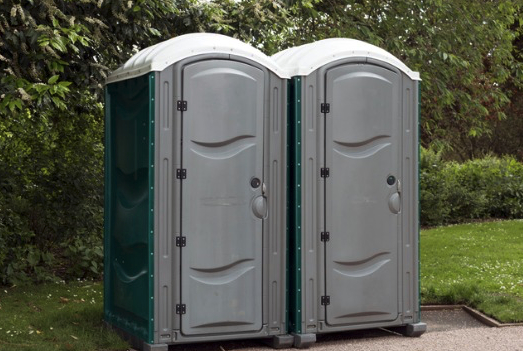
Standard Portable ToiletOur standard porta john rental units are durable and reliable for any commercial build site, housing development, public works project, or remodel job.Features include dome lighting, grated floors, and an “In-Use” locking mechanism for privacy and comfort.Regularly maintained, inspected, and cleaned by FusionSite at your location.
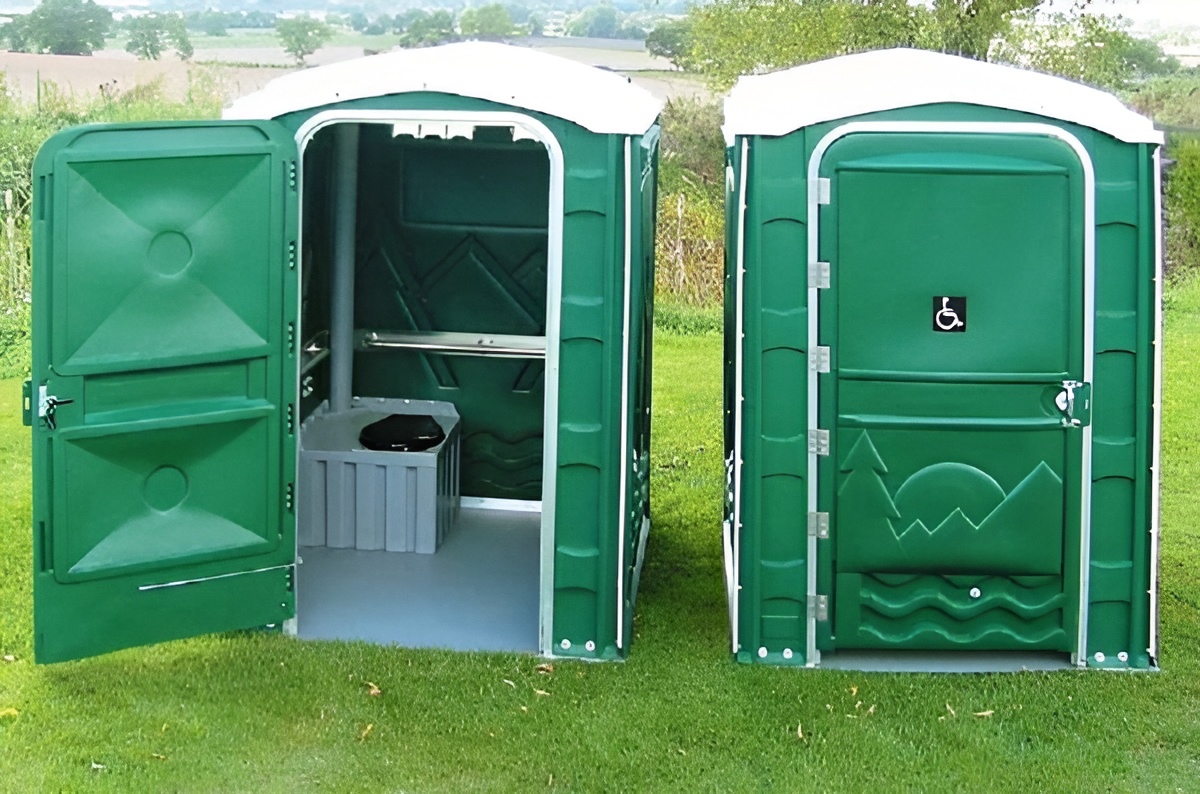
Wheelchair Accessible RestroomsDeveloped as an alternative to full ADA-compliant restrooms, the Liberty is a spacious, wheelchair-accessible unit that can also be promoted as a family-sized restroom.Includes a patented flat-floor system for easy wheelchair access and maneuverability.Handrails, paper holder, and rotary latch are designed for simple, intuitive end-user operation.
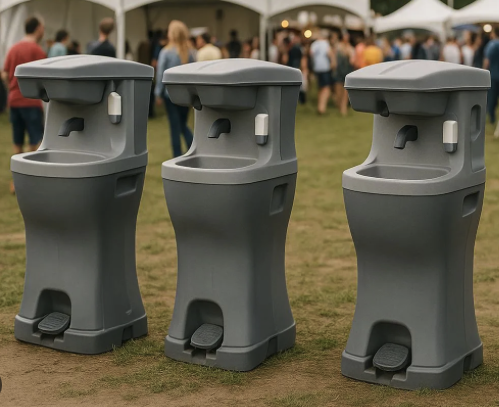
Portable SinkPortable hand washing stations are essential for keeping your work site sanitary and clean.Features hands-free foot pumps, liquid soap, and paper towels.Perfect for job sites without water hookups, these units can handle hundreds of washes between services.
We Proudly Serve
Standard Portable Toilets
Our Standard Portable Toilets are ideal for outdoor events and construction sites throughout Tennessee, offering comfort and cleanliness.
High Rise Portable Toilets
Spencer's High Rise Portable Toilets provide innovative sanitation solutions designed for multi-story construction projects.
Restroom Trailers
Restroom Trailers from The Bolles Co in Spencer offer luxurious, spacious amenities perfect for upscale events and gatherings.
Roll off Dumpsters
Our Roll Off Dumpsters in Spencer provide efficient waste management solutions for construction and renovation projects.
Septic Tank Cleaning
Septic Tank Cleaning services by The Bolles Co ensure efficient and hassle-free maintenance across Tennessee.
Grease Trap Cleaning
Spencer's Grease Trap Cleaning services keep your kitchen running smoothly, preventing clogs and environmental hazards.
Fencing & Barricades
Fencing & Barricades services at The Bolles Co in Tennessee provide secure, reliable solutions for event and construction site management.
Residential Storage
Our Residential Storage service in Spencer offers secure and accessible storage solutions to meet diverse household needs.
Spencer Portable Toilet and More
Our portable toilet rental service in Spencer is designed with convenience in mind. Getting a quote is incredibly easy; simply utilize our form located at the top and bottom of the web page or click any 'Get A Quote' button spread throughout the site. Our form only requires basic details like your first name, last name, phone number, and email to get started. Once you've completed the form, our team will promptly provide you with a competitive quote, ensuring transparency and affordability.When it comes to delivery, we pride ourselves on efficiency and reliability. Our experienced logistics team coordinates closely with you to guarantee that our portable toilets are delivered on time, every time. Whether it's for a small backyard party or a large construction site, our units arrive clean and ready for use, tailored to meet the specific demands of your event. Experience the seamless service we've become known for in the Spencer area.Beyond quotes and delivery, customer satisfaction is at the heart of everything we do. Our knowledgeable customer service representatives are always on hand to assist with any questions or special requests you might have. We prioritize clear communication and flexibility, making adjustments as necessary to ensure that your experience with us exceeds expectations. Choose us for your next rental need and enjoy a partnership that's focused on you.
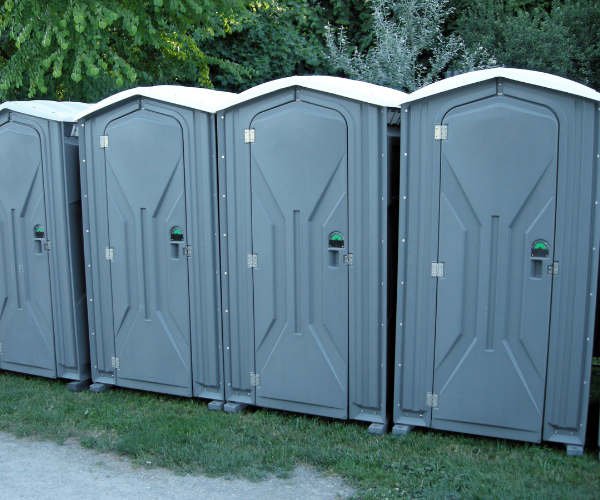
Experience local charm and convenience with our portable toilet services in Spencer, perfectly suited for any event amidst our scenic surroundings. Whether you're hosting a festival near Fall Creek Falls State Park or an intimate wedding close to the awe-inspiring views of the Cumberland Plateau, our clean and reliable units enhance every guest's experience without a hitch. Each portable toilet is meticulously maintained to meet high standards of hygiene and functionality, offering peace of mind during any occasion. Nestled in the beauty of Spencer, we pride ourselves on maintaining strong community ties, ensuring each service reflects local pride and commitment to excellence. Our strategic location in Spencer allows us to provide swift, efficient, and warm service, catering to both residents and visitors alike. Each event is managed with attentiveness to detail, ensuring seamless on-site restroom facilities that are both practical and thoughtfully integrated into the feel of your event.
Why are we the best choice? Our dedication to excellence stands out, with deep roots in Spencer's thriving community. We've built a strong reputation over the years by consistently prioritizing customer satisfaction through impeccable service and quality.Our extensive experience allows us to understand client needs intimately and deliver with precision. Whether you're organizing a large public event or a smaller private gathering, our team ensures every detail meets your expectations, showcasing our steadfast commitment to being Spencer's trusted portable toilet service provider.We offer more than just rentals, adding a personal touch. Our solutions enhance your event experience with unmatched convenience and reliability, making us the preferred partner in the region.
Fast and reliable service is more than a promise—it’s a guarantee. Our portable toilet company has long set the benchmark for prompt and dependable service throughout Spencer. Whether you have last-minute events or planned gatherings, we swiftly adapt to meet your needs.Our logistics team meticulously coordinates every detail for punctual delivery and setup, taking the stress out of your planning. Count on our sturdy, well-stocked units, ready to serve without delay.We continually refine our service process, driven by a commitment to client satisfaction. Your experience with us will be seamless at every stage. Choose us for your portable toilet needs and enjoy the peace of mind that comes from our expertise.
Discover Our Portable Toilets in Spencer
Renting a portable toilet in Spencer is an easy and straightforward process designed to meet your specific needs with minimal effort. The first step is to visit our website, where you'll find 'Get A Quote' buttons strategically located throughout the site, as well as forms at both the top and bottom of each page.These forms are simple and require basic information such as your first name, last name, phone number, and email. By filling these details, you're taking the first step towards tailored service. Once submitted, our team immediately reviews your request and works to provide a fast, accurate quote that reflects the specifics of your event or project.Besides the online form, our friendly customer support team is always ready to assist. Reach out and discuss any specific needs or questions you might have. We pride ourselves on offering personalized customer service to ensure every detail is addressed to your satisfaction.After receiving your quote, the next steps are just as convenient. We'll arrange delivery that aligns with your schedule and event requirements. Our team ensures that the units reach your location on time and in pristine condition, set up exactly where you need them.Throughout the rental period, we're committed to supporting you with any additional needs or changes you might require. When your event concludes, our process for unit retrieval is as seamless and professional as delivery. Renting with us guarantees a hassle-free experience focused on service excellence.
Our portable toilet delivery service in Spencer is designed for efficiency, ensuring you get the units exactly when needed. Typically, we aim to deliver within 24 to 48 hours of confirming your rental, though exact timeframes can vary based on the specifics of your order and current demand levels.From the moment you place your order, our team coordinates every logistical detail, taking into account factors such as the required number of units, event location, and any unique customer requests. Advanced technology and a highly skilled staff allow us to streamline the delivery process, adjusting dynamically to ensure nothing falls through the cracks.For urgent or last-minute needs, we also offer expedited delivery services. Just let us know your timeline during the quote or reservation stage, and we'll do everything possible to accommodate your schedule. Our flexible options are designed to ensure you're never left waiting.Reusing and cleaning our units effectively allow us to maintain high standards of hygiene without delay. This rapid turnover not only guarantees clean, ready-to-use portable toilets when and where needed but also reflects our environmental commitment through reduced waste and efficient management.Pre-event coordination helps us optimize delivery windows, further ensuring punctuality. We recommend early booking to secure your preferred slots, especially during peak seasons, helping us better manage our schedules and thus providing more predictable service.
Yes, our portable toilet services in Spencer stand ready to meet diverse event and construction needs, offering comprehensive solutions for any occasion. With our expansive inventory and skilled team, we expertly manage requirements for everything from large-scale festivals and sporting events to intimate weddings, corporate events, and family reunions.Each event benefits from our range of options, including standard porta potties, luxurious restroom trailers, and ADA-accessible units, all designed to provide comfort and necessary amenities for every guest. In addition, we cater to specialized needs with accessories like roll-off dumpsters, holding tanks, portable sinks, and hand sanitizer stations.For construction sites, our portable toilets are crafted to endure tough conditions, guaranteeing both durability and reliability amidst active work environments. We enhance site management by offering fencing and barricades, ensuring safety and order throughout your project.From one-day events to long-term projects, our dedication to service excellence remains consistent. Our detailed consultation process ensures we meet all client expectations, offering flexible rental plans that adapt to evolving needs. We pride ourselves on our quick response times and ongoing support, making sure you always have what you need.With extensive experience in Spencer, we understand the local landscape and deliver efficient, professional service, enriching the experience for attendees, workers, or anyone involved.

